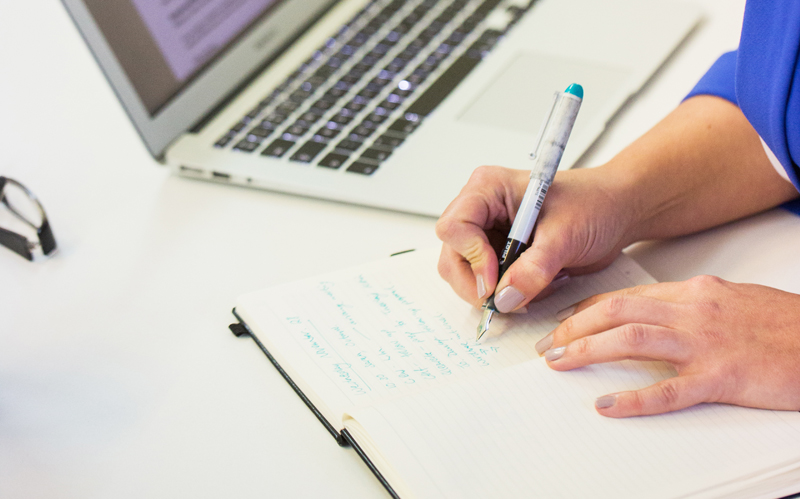
A former client asked this question recently, so we thought it was worth sharing our response…
What is a proofreader?
At very top level, the answer to, “What does a proofreader do?” can be answered like this: Proofreading is highly skilled and meticulous work, and its aim is to control errors and ensure consistency across whole documents.
Anyone involved in proofreading needs to have an eagle eye for detail – and they have to be hot on grammatical accuracy. In corporate communications, they often follow a style guide, which is a document setting out how an organisation abbreviates, uses certain types of punctuation and how it does everything from write dates to describing millions and billions in text.
What is an editor?
An editor is looking at the bigger picture. Her job is to give a document or piece of text maximum impact. She looks at the message a piece of text is intended to convey – and in a corporate environment, she looks at the strategic messaging a document should be aligning to.
Then she makes the changes necessary to give the document the very best chances of being read, understood, remembered and talked about. This might include changing the structure and flow of a document and changing the odd sentence if it doesn’t scan easily.
What shouldn’t proofreaders and editors do?
Proofreaders and editors are there to enhance writing, not to change it so fundamentally that it’s unrecognisable from the original. Their roles are to check, to correct, to align and to improve. Their roles are not to rewrite. This is a fine line that skilled proofreaders and editors will understand, and will keep on the right side of.
What do proofreaders and editors have in common?
Both proofreaders and editors should have their reader in common. Both should be working to make the experience of reading the text easy and enjoyable. Their duty is not to the author of the text they’re working on; it’s to their reader.
Can a writer proofread and edit their own work?
To an extent, but this is very much not best practice. When you’ve spent time writing a document, proofreading and editing become much harder. It’s difficult to see your own typos and errors. And it’s difficult to be objective and detached about your own writing. Will an author spot that the first two paragraphs of her work aren’t really necessary? Maybe. But an editor will definitely spot where the story really starts – and will have the confidence to delete the first two paragraphs.
Can the same person be a proofreader and an editor?
Sometimes, yes. It’s true that editors look at the bigger picture, but by the nature of their work, they’re usually highly attuned to language, have a deep understanding of grammar and can spot a typo at 40 paces. In our experience, proofreaders sometimes struggle more to look at the bigger picture – but there are some highly talented people out there who can do both.
But I only have a single writer on my team – what should I do?
Learn to proofread and edit their work or involve more writers in your team. Writing has a romantic stereotype, featuring a solitary individual working in their garret. However in practice – especially in a corporate environment – creating written communications is a team activity involving separate, complementary skills.
Here are some other posts you might find interesting:
What’s the difference between a style guide and a tone of voice guide?
